Contents
Content marketing is key to presenting your online business as the one and only solution to satisfy the needs of your target audience. As you also know, it’s crucial that when you’re creating content, you utilize highly searched keywords to rank number one across search engine results. But how much thought have you put into your content’s backlinks strategy?
Backlinking is when you incorporate links from other websites into your online copy. In addition to boosting your search engine rankings, when link building is done correctly, you’ll also notice higher traffic levels and increased credibility.
In this article, we’ll go over four different types of content that will help acquire backlinks to your site naturally. But first, let’s look at why backlinks are so important in the first place. Let’s dig in!
Why are Backlinks So Important?
Most search engines have a citation system embedded into their algorithm. Google uses citations to understand content quality and determine whether it’s worthy to land on the first page of a search result.
As you can see in the chart below, your click-through rate (CTR) is highly affected by your search engine rank. Websites positioned as the first result have a significantly higher CTR than even the second or third listed result:
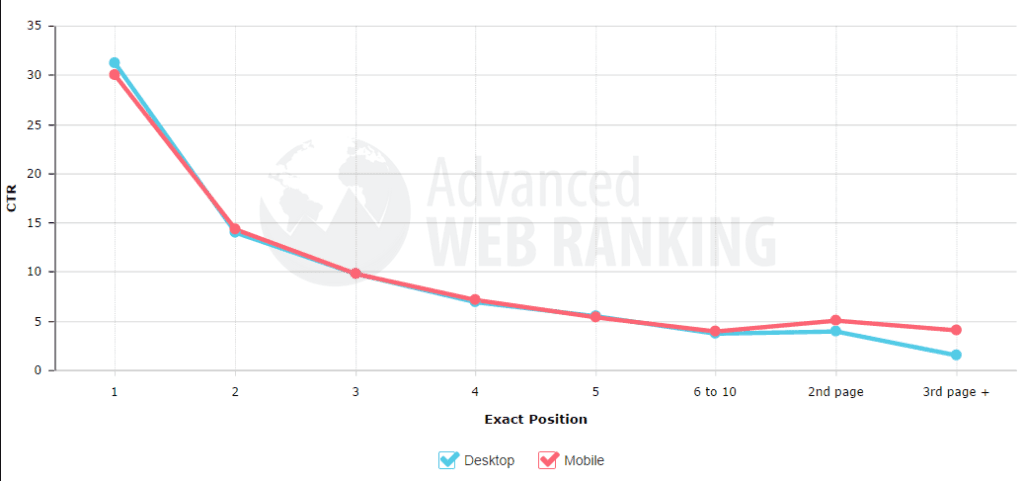
Also, if Google can’t gather usability metrics with your content, it’s nearly impossible to monitor your site performance.
Take your bounce rate for example: If a visitor were to click on your content, then return to the search results and choose another resource, that indicates a negative user experience. On the other hand, someone clicking on your result and staying for long periods of time suggests they enjoy your content.
This information is vital if you want a fair competition for your search engine optimization (SEO) and overall online presence.
Additionally, securing credible citations from other great websites through high-quality backlinks also gives your content a better chance to appear in search results.
What Classifies a High-Quality Backlink?
When adding backlinks to your content, you should know, not all links come with equal value. While high-quality links can strengthen your content material, low-quality links can have negative effects on your site performance.
So, how do you know whether a backlink will benefit your site?
A quality backlink will have a high domain authority; meaning, search engines find the link to be trustworthy. There are several online tools you can use to test a website’s authority score completely free, including:
- Ahrefs Website Authority Checker
- SEO Review Tools Website Authority Checker
- Moz Domain SEO Analysis Tool
Authority score tools are extremely easy to use. All you need to do is copy the backlink in question and paste it into the available search box.
According to experts like Neil Patel, a high-quality backlink has an authority score between 60-100. For the health of your website, it’s good practice to avoid links with a ranking of 40 or below.
4 Types of Content That Can Help Generate Backlinks
Now that you have a better understanding on why backlinks are important, your next goal is to start incorporating these types of links into your content. Ideally, you want to start this process organically, meaning without having to do backlink outreach.
The secret to building high-quality backlinks is to create something worth linking to. You need excellent cornerstone content that will help keep your consumers engaged throughout your sales funnel. That content should also help encourage consumers to take a variety of actions.
Let’s walk through four examples of content that can help generate backlinks on a more consistent basis.
1. Listicles
A listicle is a just silly name for a list post. They are very popular with bloggers, affiliate marketers, and content producers. Here’s why:
- Straightforward Heading. Listicle headings often use titles such as, “X Best” or “X Top”, indicating a set number of specific products that readers expect to be discussed in the article.
- Readers Love Numbers. It’s been psychologically proven that readers are more likely to click on a search result that begins with a number. According to a Buzzsumo study, 5 is the magic number to use when writing listicle content.
- Scannable Content. Numbered headings in a listicle also provide a clear, organized structure, making it easy for readers to scan through your copy.
- More Likey to Read Through Completly. When readers are presented with a title on “5 Best”, they are more likely to review all five of your bulleted points.
Listicles also fit the need for a lot of search terms. For example, when you’re considering a purchase, you often search for the “best …”. When you do this search, you are looking for a range of options, preferably with a list of pros and cons for each one.
Here’s an example of how our very own PrettyLinks listicle article ranks when searching for “Best conversion rate optimization tools”:
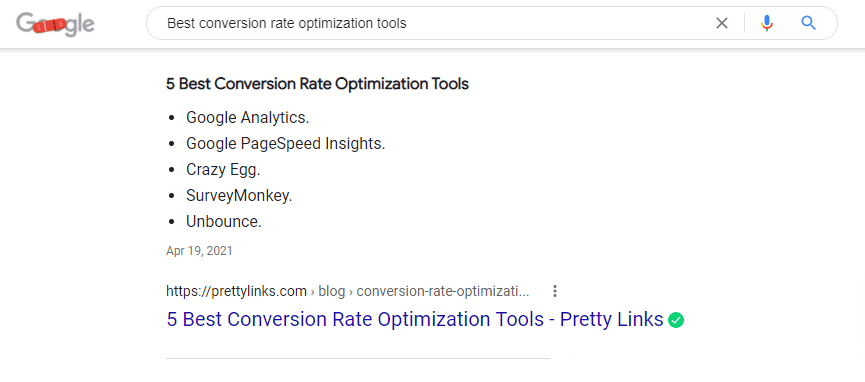
The great thing about a listicle post is, that you can ask the company that comes at the top of your list for a backlink. Getting a backlink from a site that’s relevant to your content is a big endorsement and can boost your search rankings.
2. Infographics
Infographics are one of the most popular link-building types. Incorporating them into your social media marketing strategy can get you more shares and likes than other types of content. Why? According to eye-tracking studies, people pay attention to information that carries images. A study from the Search Engine Journal shows that people are 30x more likely to quick-read an image rather than a written article.
For your infographics to draw the attention of readers, you have to make three elements work together:
- Impressive design
- Well-researched statistics
- Well-strategized promotion and outreach
Another nice thing about an infographic is the chance to repurpose a great piece of content into another medium. You can then share your content across social media platforms or embed it on your website.
Here’s a great infographic example by SPINX Digital:
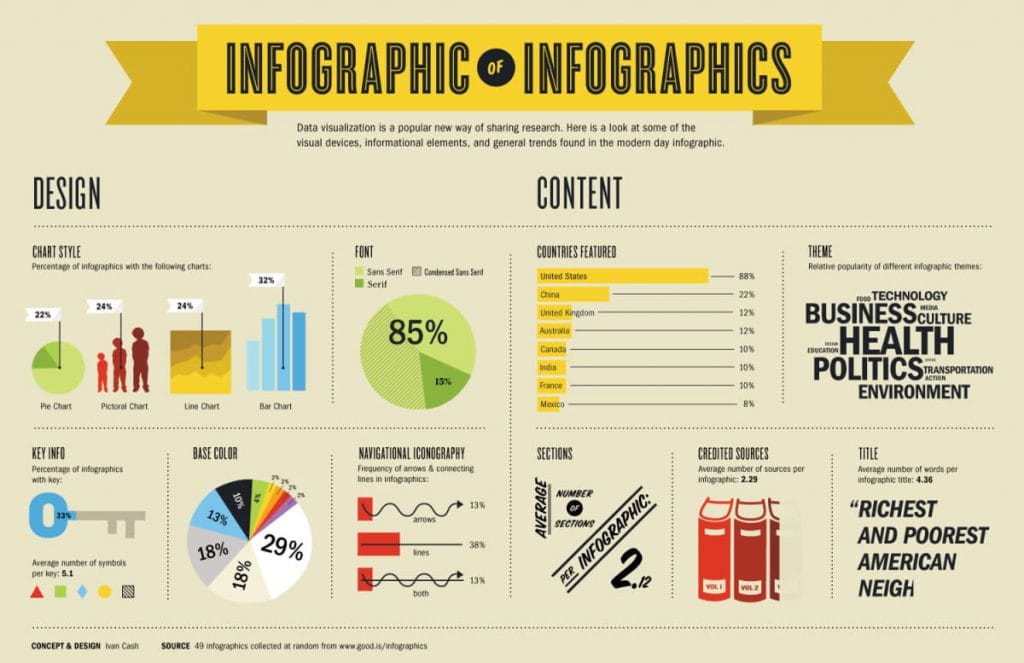
3. Video Content
The internet is flooded with so much video content that it can be challenging to get your brand noticed. However, it’s something you should consider because a great visual campaign can help you go viral.
Take this Dollar Shave Club video for example (watch here). This commercial video was produced in 2012 when the Dollar Shave Club made its first appearance on the market. The unique yet minimal approach taken to produce this video produced maximum views and shares across social media platforms.
Before this video was released, very few had heard of the Dollar Shave Club. But through social sharing and the smart thinking to place the company URL in the video description, this in turn allowed for excellent link-building opportunities.
4. Whitepapers and Reports
A whitepaper is a highly detailed report on a particular topic. Your whitepaper is an opportunity to provide insights into a topic related to your niche. Most importantly, those insights must be valuable and useful.
A good example of this type of report is Buffer’s annual State of Remote Work. The report, complete with lots of graphics, provides anyone writing about remote work with lots of valuable insights and data:
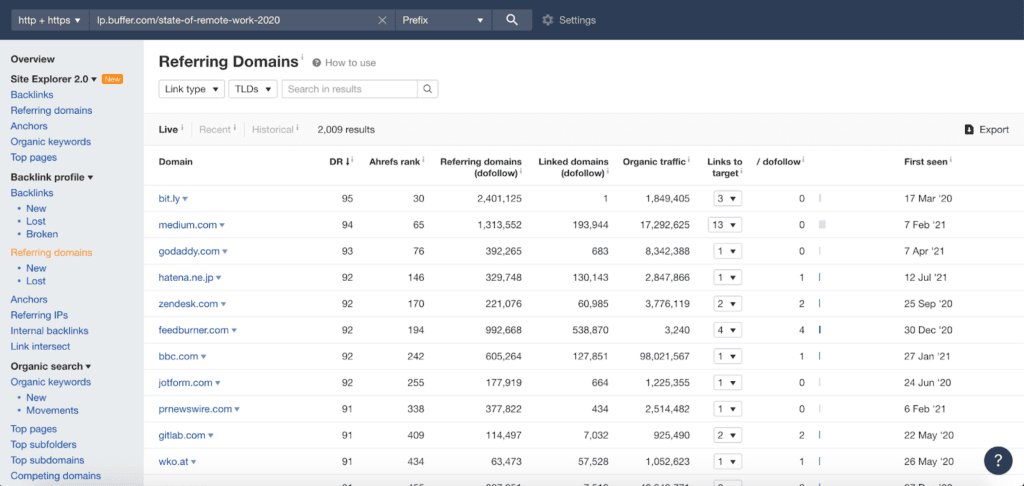
As seen in the image above, Buffer’s report has currently generated 2,0009 backlinks, many of them with great domains, such as Jotform and BBC.
Whitepapers typically require a lot of work to write, when you consider the amount of time and research that it takes to complete a thorough report on your subject. Although, the hard work pays off in the number of high-quality backlinks you receive from related sources.
Conclusion
When it comes to your content strategy, don’t forget to consider how your content can invite beneficial backlinks. In this article, we listed four different types of content that are always welcoming of backlink opportunities, including:
- Listicles
- Infographics
- Video Content
- Whitepages and reports
Should you use all the content strategies discussed in this post? Not necessarily. Even though numerous types of content can get significant backlinks, not every source will work for your niche.
In other words, not every link will get the same results. Depending on your type of business, you can mix any of these strategies for some months. Then track the outcome and the expense and go with the one that works best.
Do you have more questions on how to improve your backlink strategy? Ask away in the comments section!
If you liked this article, be sure to follow us on Facebook, Twitter, and LinkedIn! And don’t forget to subscribe to our newsletter.
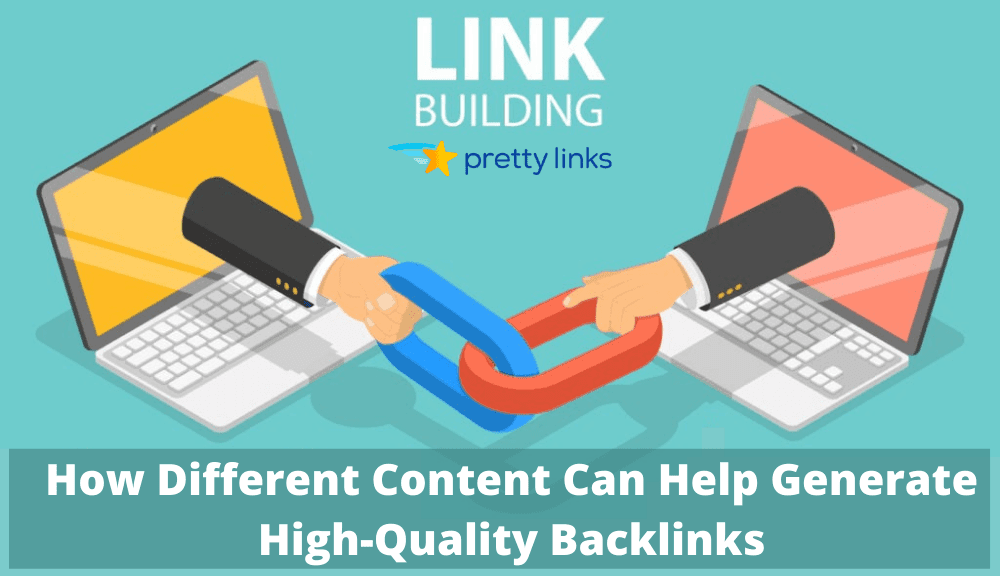





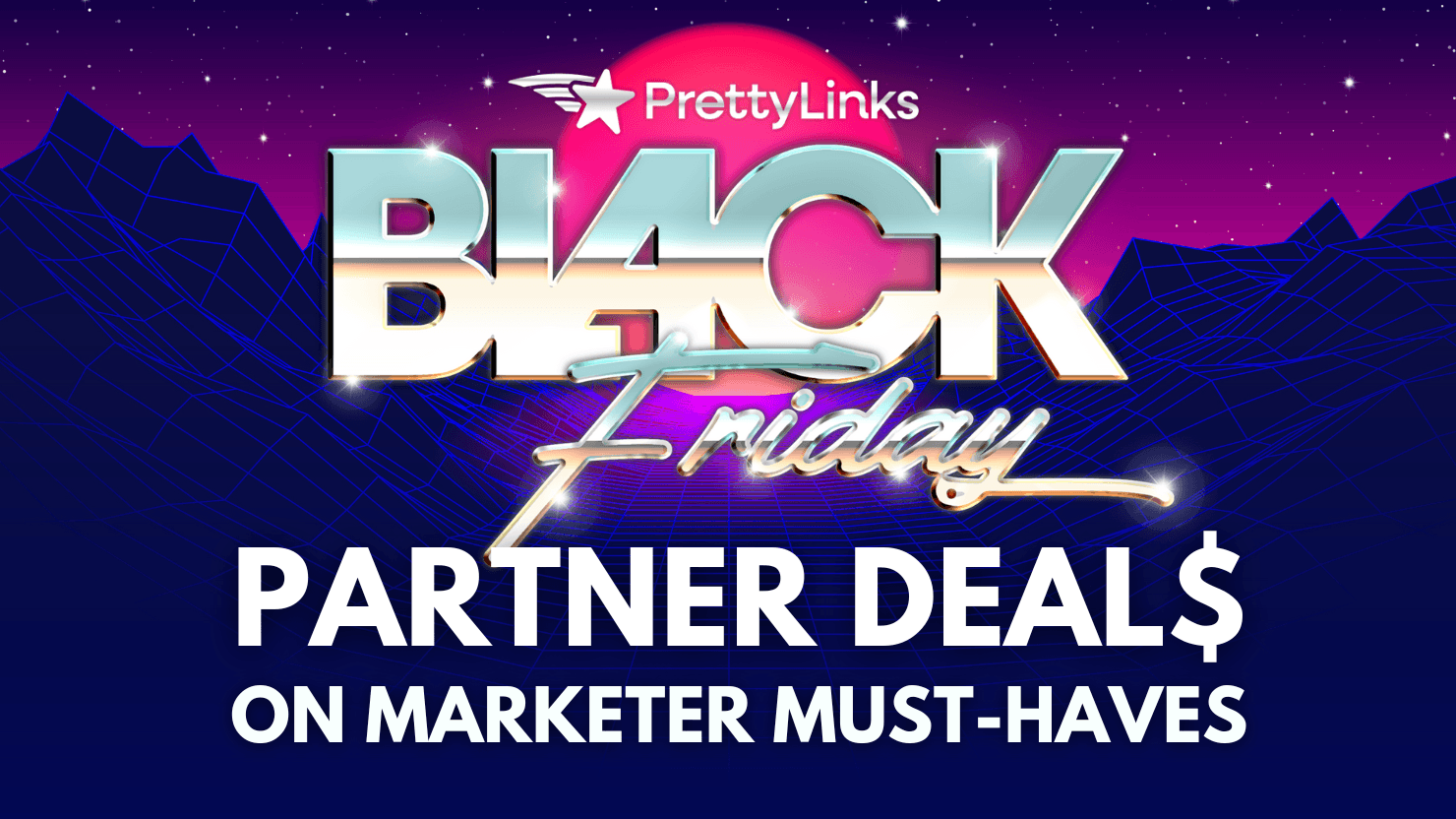
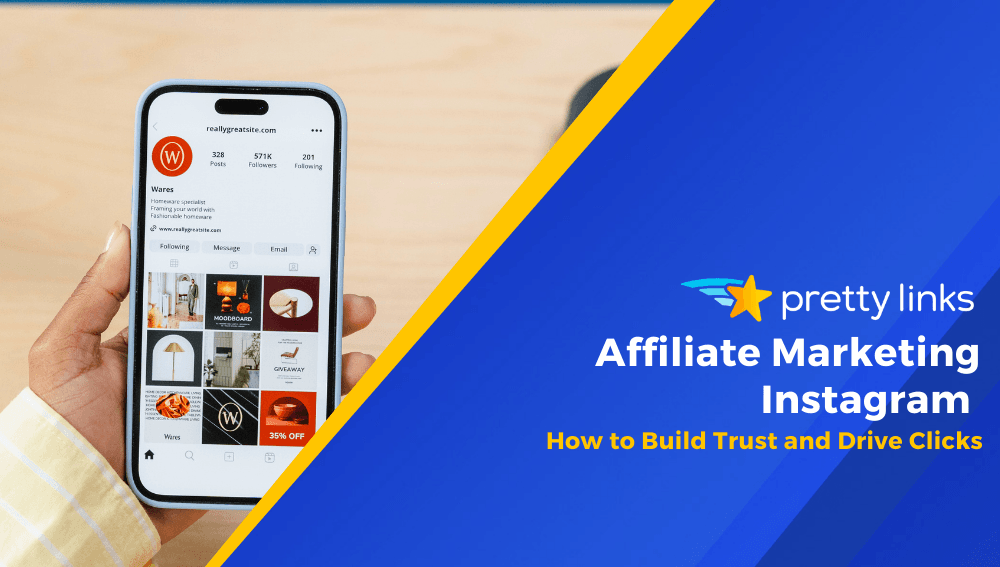
Leave a Reply